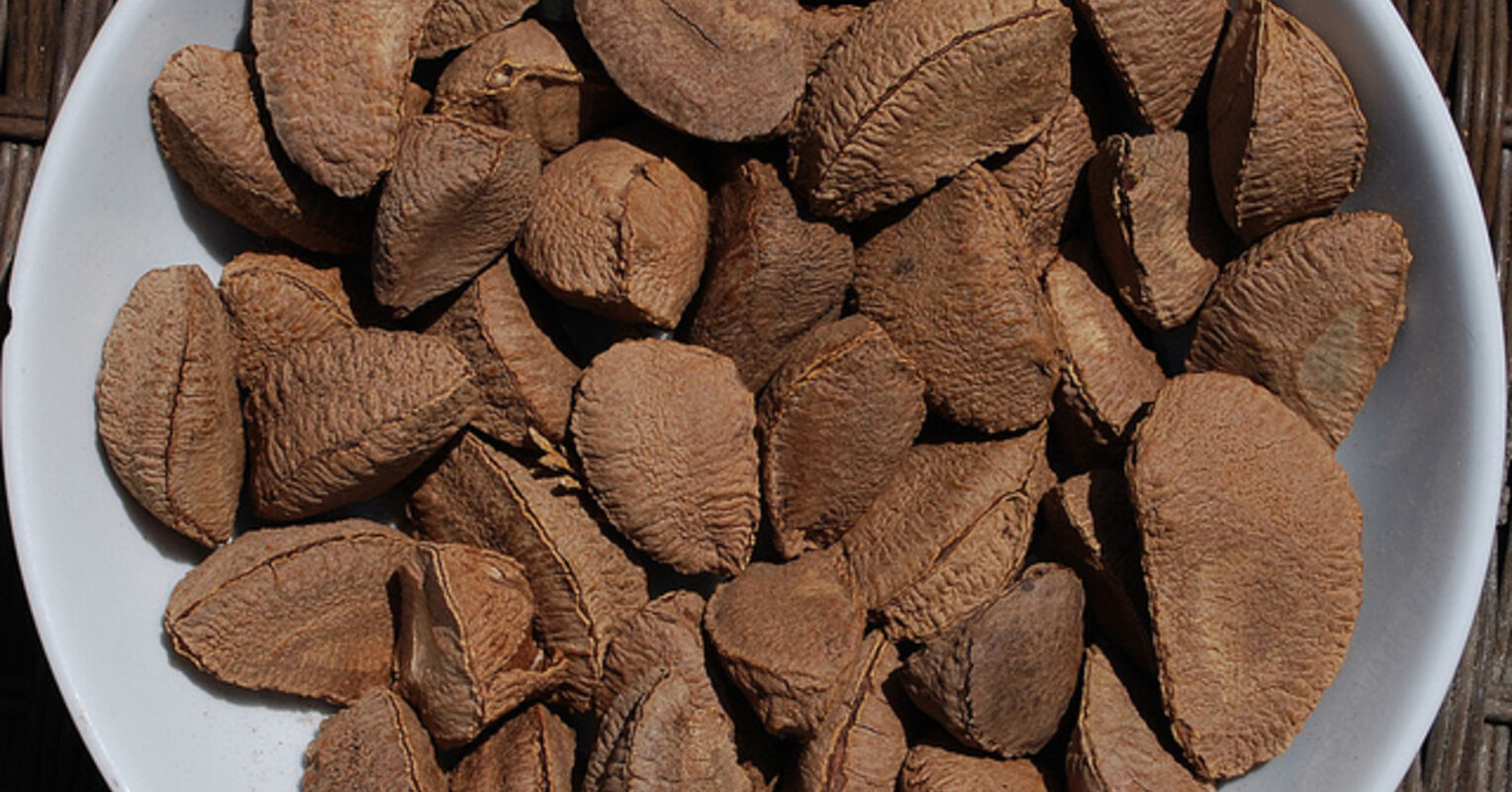In this article, Emily Deans, M.D., discusses how selenium could be an important micronutrient for the brain and thyroid function.
Selenium and the Brain
October 2011
Emily Deans
What does selenium do? Well, selenium is key to one of the body's master antioxidants, glutathione peroxidase. This complex keeps the delicate polyunsaturated acids in our cell membranes from getting oxidized (rancid). Polyunsaturated fats, such as fish and a certain percentage of poultry oils, are particularly vulnerable to becoming rancid, so having lots of glutathione peroxidase around to protect our cell membranes is helpful when we consume these essential fats. We really don't want to run low on the master antioxidants - doing so leaves us vulnerable to a lot of toxic gunk building up in our systems, with long-term effects.
Selenium deficiency has been described in China as Keshan Disease, a type of heart problem (2). It is also thought to be a factor in gastrointestinal cancer, liver cancer, and prostate cancer. In addition, selenium in concert with iodine seems to be important to thyroid hormone production (specifically in the conversion of inactive T4 to active thyroid hormone, T3). Selenium deficiency seems to be one of the major dangers of a carelessly designed ketogenic diet for treatment of epilepsy in children, leading to death via an enlarged heart and abnormal heart rhythm. Selenium deficiency was also deemed the cause of death (via cardiomyopathy) of adult patients on selenium-deficient TPN (total parenteral nutrition -- given to patients in desperate circumstances who, for some reason, cannot tolerate any food given via mouth or tubes in the gut).
Selenium is a trace mineral, so it is appropriate for humans in trace amounts. As with nearly all vitamins and minerals, just because we need some doesn't mean more is better. Humans need micrograms rather than milligrams. People have died (from disastrously low blood pressure and heart failure) via the ingestion of gram amounts of selenium, and toxicity occurs at milligram amounts. The first symptoms of toxicity are hair and nail brittleness and garlic smell on the breath. Gun bluing is 2% selenious acid, and ingestion can lead to death via selenium poisoning. I wouldn't recommend drinking gun bluing, as severe selenium toxicity seems like one of the more horrible ways to die.
Selenium is available in grains, nuts, fruits, vegetables, animals, and bivalves. Fruits and vegetables, however, don't seem to have that much in the US, and the best food source is actually brazil nuts (one ounce will get you over 500 micrograms, so take it easy and have just a few at a time). Brazil nuts are also a bit high in omega 6 fatty acids and radium, as it happens, which might be a reason not to make them a major staple of your diet. Organ meats are also high in selenium. 3 ounces or so of tuna, beef, cod, and chicken breast will get you around 30 mcg, whereas a typical grain meal (pasta, oatmeal) will net you around 10-15 mcg. Though phytic acids in grains do interfere with mineral absorption, studies of women eating wheat from selenium-rich soils showed a nice elevation in plasma levels of selenium.











